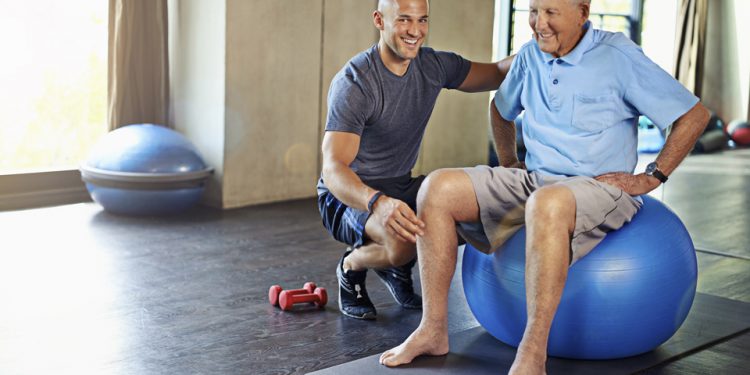
As we age, falls can have very negative effects. Therefore, older adults need some exercises to increase strength and balance for fall prevention. According to the Centers for Disease Control and Prevention, more than 25% of people aged 65 or over suffer a fall each year, and 3 million fall-related injuries are treated in emergency rooms.
In older adults, the risk of falling is typically influenced by a number of factors, including:
Older persons may find it difficult or unsteady to do tasks like crouching, standing up from a chair, and walking, which increases their risk of falling. The exercises for fall prevention that are listed below are designed for people who have a low risk of falling and can stand alone.
Sit-to-Stand Exercise
The sit-to-stand exercise enhances balance, body mechanics, and leg strength, all of which are crucial for fall prevention.
Perform 10 repetitions twice daily. Hold hand weights to add resistance for an advanced variant.
Stop exercising and consult your doctor or physical therapist if you get hip, back, or knee pain.
Exercises for Balance
If you have an unstable balance, try this set of exercises. To prevent falling, make sure someone is with you.
To start, stand in a corner or have a kitchen counter in front of you so you can grab it if you start to lose your balance.
Feet apart: Start by standing with your feet shoulder-width apart, keeping your eyes open, and holding still for 10 seconds before increasing that time to 30.
Simply practice this exercise until you can complete it with little to no swaying or support if you find yourself grabbing for the wall or counter or swaying frequently. Start the following exercise as soon as you can maintain this position for 30 seconds.
Feet together: Stand with your feet together and your eyes open for 10 seconds. Eventually, you should be able to keep your position for 30 seconds.
Go on to the next exercise if you can do the previous one for 30 seconds without needing much assistance or swaying.
One foot: Stand on one foot with your eyes open for 10 seconds, then try for 30. Change to your other foot.
Eyes closed: Try performing each of the first three exercises with your eyes closed if you can do so safely and with minimal assistance. Working up to 30 seconds, hold for 10 seconds.
For each exercise, the target time is 10 seconds, with a progression to 30 seconds, five repetitions (including five per leg for the one-foot exercise), and twice daily.
Do not forget to discuss fall prevention with your physician or physical therapist.
While falls cannot entirely be avoided, the chance of falling can be decreased with exercises that focus on balance and muscle training. For fall prevention in the future, these exercises can strengthen the body and enhance balance. Always consult your doctor or physical therapist before beginning any new exercises, especially if you have poor balance. For safety, supervision, and in case you need assistance, it is ideal to exercise with the company at home.